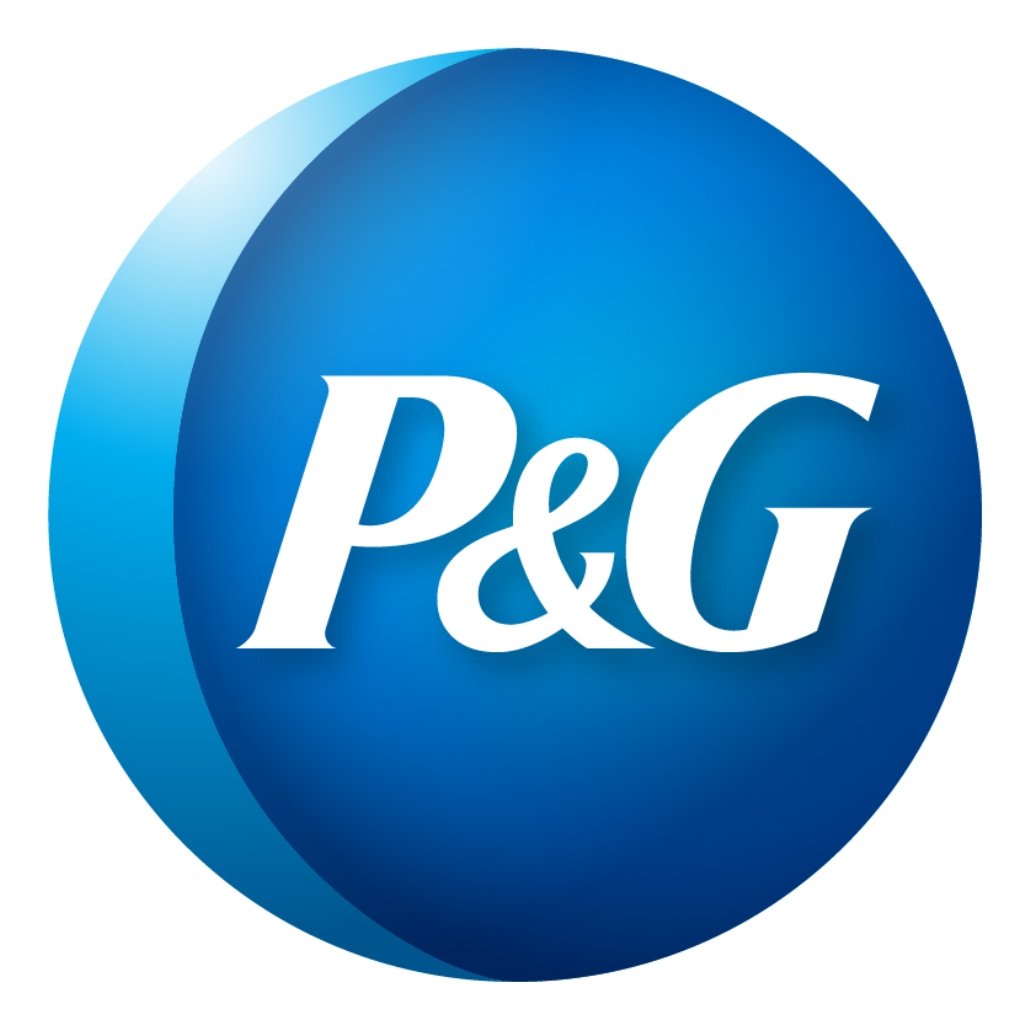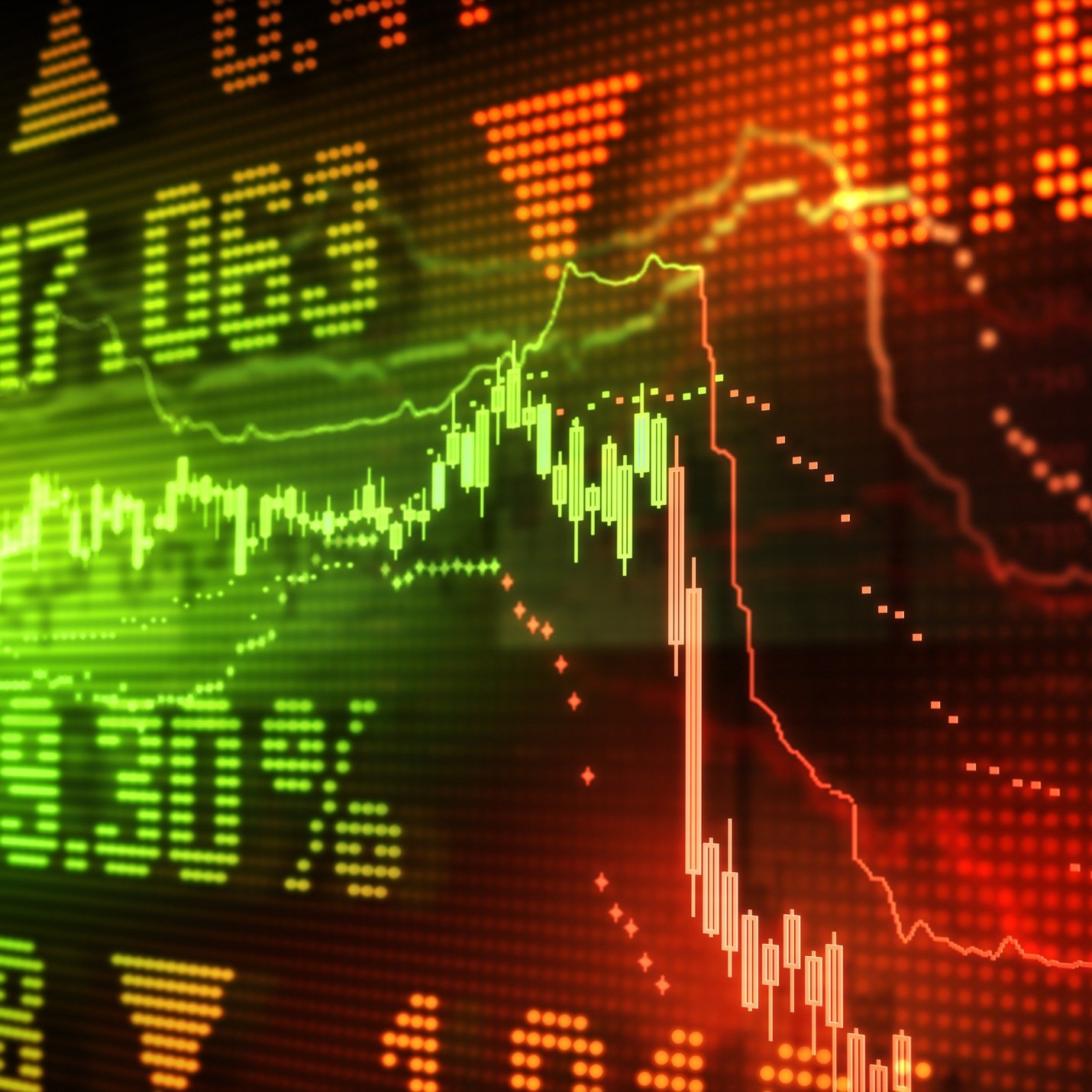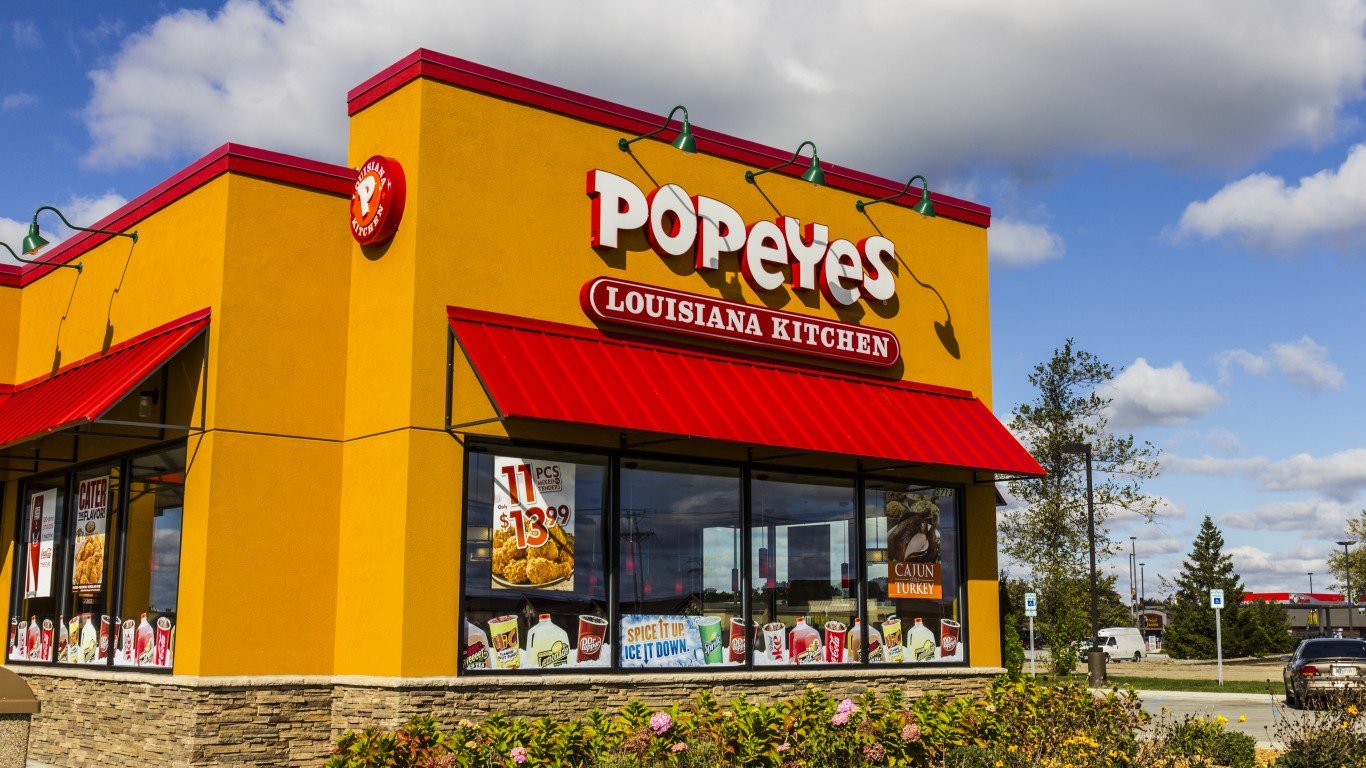

The Dow Jones Industrial Average and S&P 500 have both risen over 300% from their panic-selling lows in March of 2009. Some investors might have reason to be concerned that the broader bull market is nearing nine years old. To top it off, the Dow rose 25% and the S&P 500 rose by almost 19.5% in 2017 alone. Those gains greatly outpaced expectations from forecasts at the start of 2017.
Wall Street strategists have weighed in on tax reform, broader earnings growth and higher GDP growth and expect the stock market to rise again in 2018. The view at the start of 2018 is that the market is heading higher this year. 24/7 Wall St. just came out with its annualized forecasting tool showing that DJIA at 26,400 and at least 2,855 on the S&P 500 are the baseline targets for 2018.
If the Dow and S&P are going to continue their meteoric rise, they are going to need help from many of the stocks that so far have just sat on the sidelines in this mega-bull market. Procter & Gamble Co. (NYSE: PG) has sat on the sidelines for long enough. In fact, in 2017 it was just a bench-warmer. The company may have actually wasted close to an entire year and countless of millions of dollars while it fought to prevent shareholder and activist investor Nelson Peltz from joining its board of directors.
P&G generated a total return for its shareholders of 9.3% in 2017, rather than the 11.1% expected a year earlier. Other Dow stocks greatly exceeded their expectations. One problem here is that P&G just isn’t a growth company. It is not in infrastructure, it’s not in tech and it seems to have no great reward from what was at first called the “Trump Bump” that generated keen interest in some many other sectors and companies.
P&G ended 2017 with a year-end price of $91.88, and the consensus target price was just $93.53. If you add up the 3.0% dividend yield, it’s still just an expected total return forecast of about 4.8% for 2018. So now analysts are calling for an even lower upside this year, and it disappointed against analyst forecasts in a great market year.
What could change at P&G? Some things look good, and some things look somewhat cautious.
First off, the Peltz issue has yet to be worked into the stock. What this outsider can actually do remains to be seen, but he did at least come to the table with plans and ideas. The company was no fan of Peltz or his efforts and plans.
Can tax reform taking a nominal tax bracket from 35% down to 21% help an outfit like P&G? The company already operates globally, with over half of its sales being outside of the United States. With 2017 sales of $65.05 billion, P&G had pretax income of $13.257 billion, and it had a $3.06 billion provision for income taxes. Without getting fancy and breaking out items, that was already a tax rate of about 23%. Thomson Reuters represents a consensus tax rate estimate of 23% to 24%.
In December, Deutsche Bank initiated coverage of P&G with a Buy rating and a $101 price target. Since the end of 2017, InvestorPlace pointed out that P&G cutting its major brand counts down to 65 from 170 and trimming costs will help toward focusing on margin expansion. Back in September, Merrill Lynch raised its price target to $100, but back in January of 2017 Goldman Sachs lowered its target price to $77. Analyst calls change over time, and a good generality is that they almost always rise in good times and get lowered in bad times.
P&G also pays big dividends and is a good buyer of its own stock. It is even a member of the Dogs of the Dow. In October of 2017, the company said that P&G has been paying a dividend for 127 consecutive years (back to 1890) and has increased its dividend for 61 consecutive years. S&P showed in mid-2017 that P&G had spent about $24 billion in share buybacks over the trailing five-year period and a total of more than $58 billion buying back stock over the past decade.
Unfortunately, P&G is not a value stock, and investors are having to pay a premium for the high dividend and for it being classified as a defensive stock that offers some implied downside projection. With the S&P 500 valued at 18.5 to 19.0 times expected 2018 earnings, a blended 2018 (June year-end) and 2019 earnings estimate from Thomson Reuters would generate $4.33 in forward earnings per share. That means P&G ended 2017 valued at roughly 41.2 times expected earnings.
A five-year chart of Procter & Gamble shows that it has enjoyed a narrow trading band. At the start of 2013 its shares were right at about $70 and then the stocked at roughly $93 late in 2014. Since that time, P&G did slip back to right under $70 (mid-2015) and back to $90 or so by early 2017. Since then, P&G’s shares have been in an incredibly tight band mostly between $83 and $93 — so the $91.88 year-end share price implies that P&G investors are still waiting for direction up or down.
The longer-term chart on P&G will be where the references of underperformance really stand out. In October of 2007, shortly before the recession jitters turned into mayhem, P&G shares had climbed up to about $73. After dropping into the high-$40s in January of 2009, it took until late in 2012 to get back to even. The only good news in that part of the long-term scenario is that no one has really ever lost their shirt buying P&G shares.
Procter & Gamble has a 52-week trading range of $83.24 to $94.67 and a market cap of $231 billion. Its weighting in the Dow is 2.51%, but the rank is roughly 17th out of the S&P 500.
It may seem more sensible to expect that 2018 could be a bumpier stock market ride than 2017. After all, a nine-year bull market up 300% from the lows is not exactly normal. Some investors might want to consider lower volatility strategies in case a big correction looks more likely. 24/7 Wall St. identified several of those low-volatility investing strategies right before the start of 2018, but P&G is already well within a “low-vol” strategy.
Sponsored: Attention Savvy Investors: Speak to 3 Financial Experts – FREE
Ever wanted an extra set of eyes on an investment you’re considering? Now you can speak with up to 3 financial experts in your area for FREE. By simply
clicking here you can begin to match with financial professionals who can help guide you through the financial decisions you’re making. And the best part? The first conversation with them is free.
Click here to match with up to 3 financial pros who would be excited to help you make financial decisions.
Thank you for reading! Have some feedback for us?
Contact the 24/7 Wall St. editorial team.
 24/7 Wall St.
24/7 Wall St. 24/7 Wall St.
24/7 Wall St.


